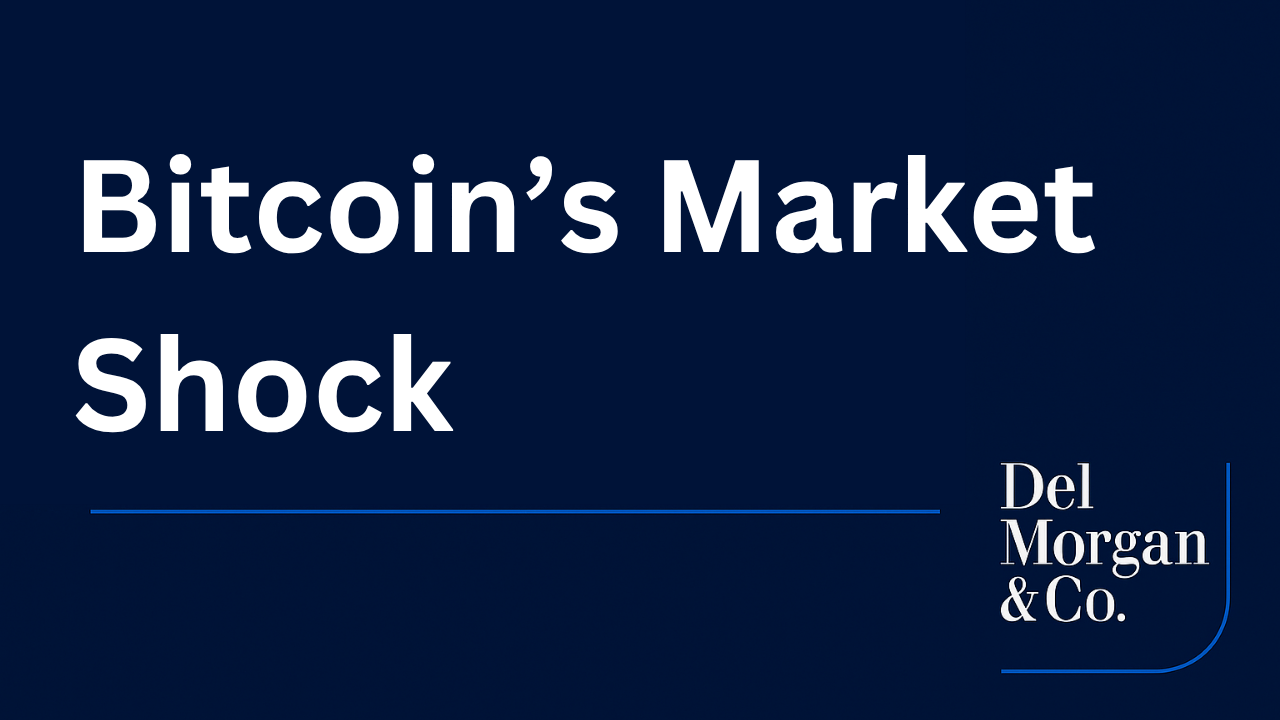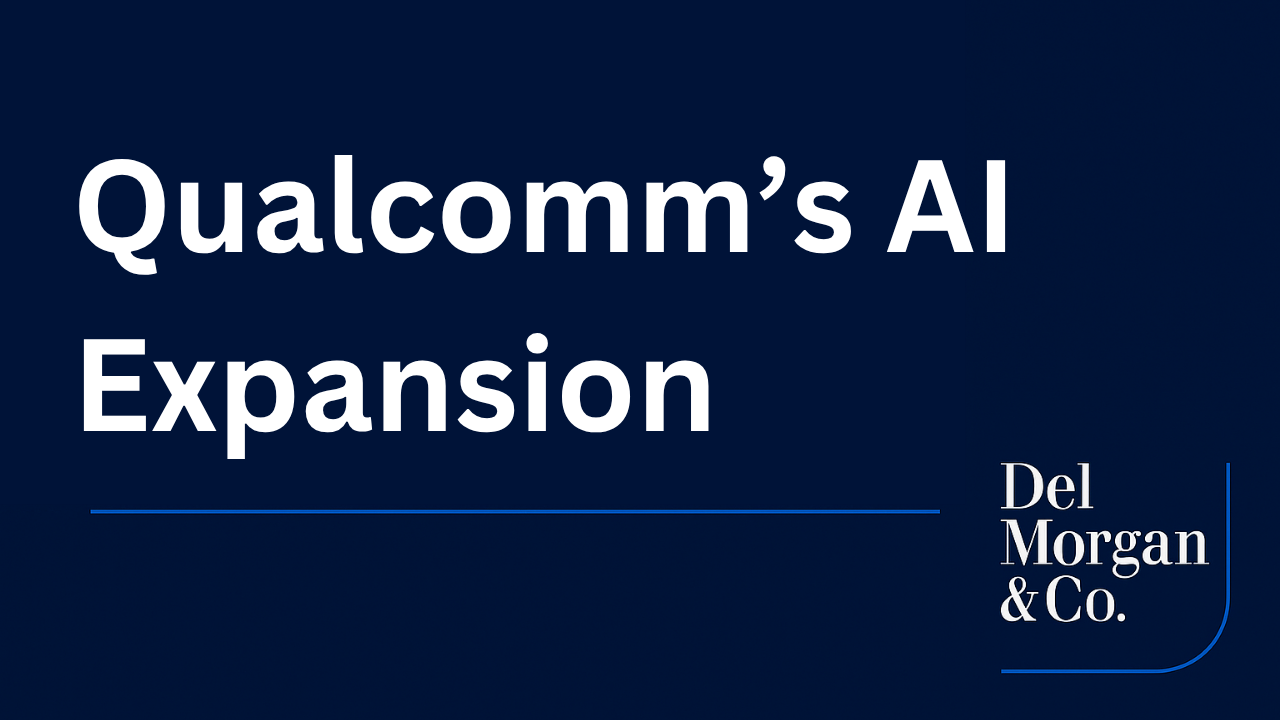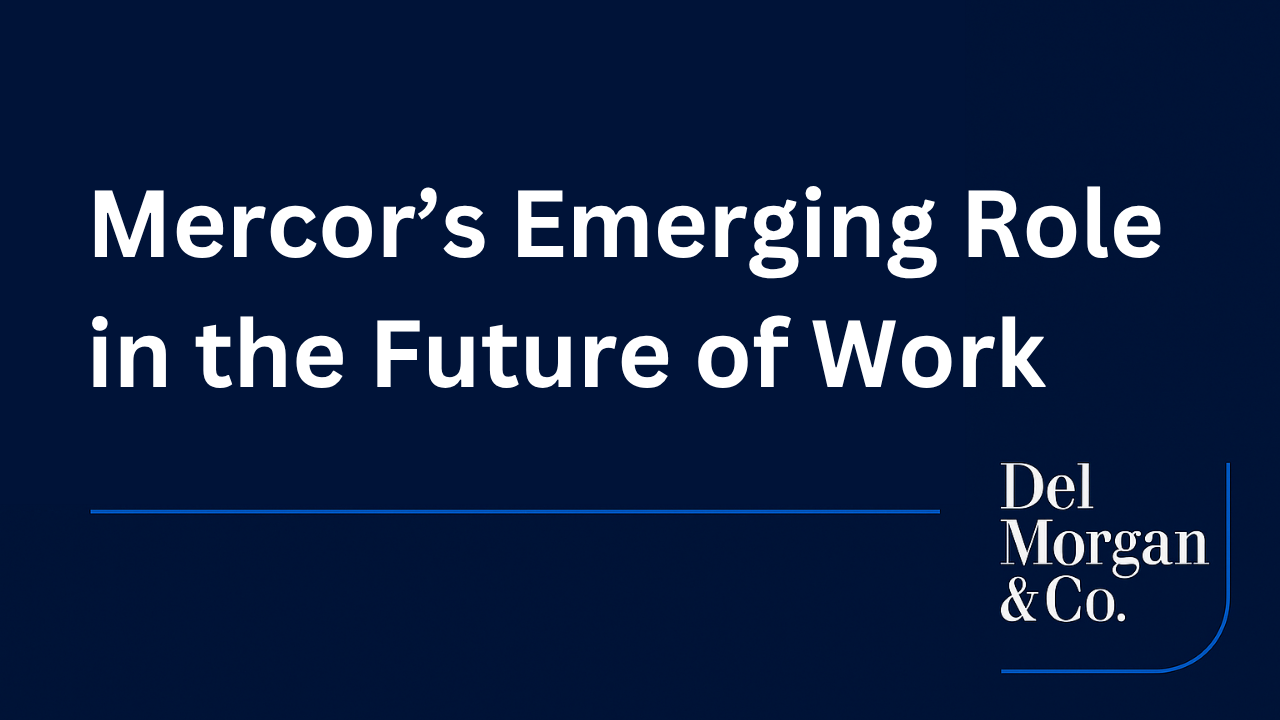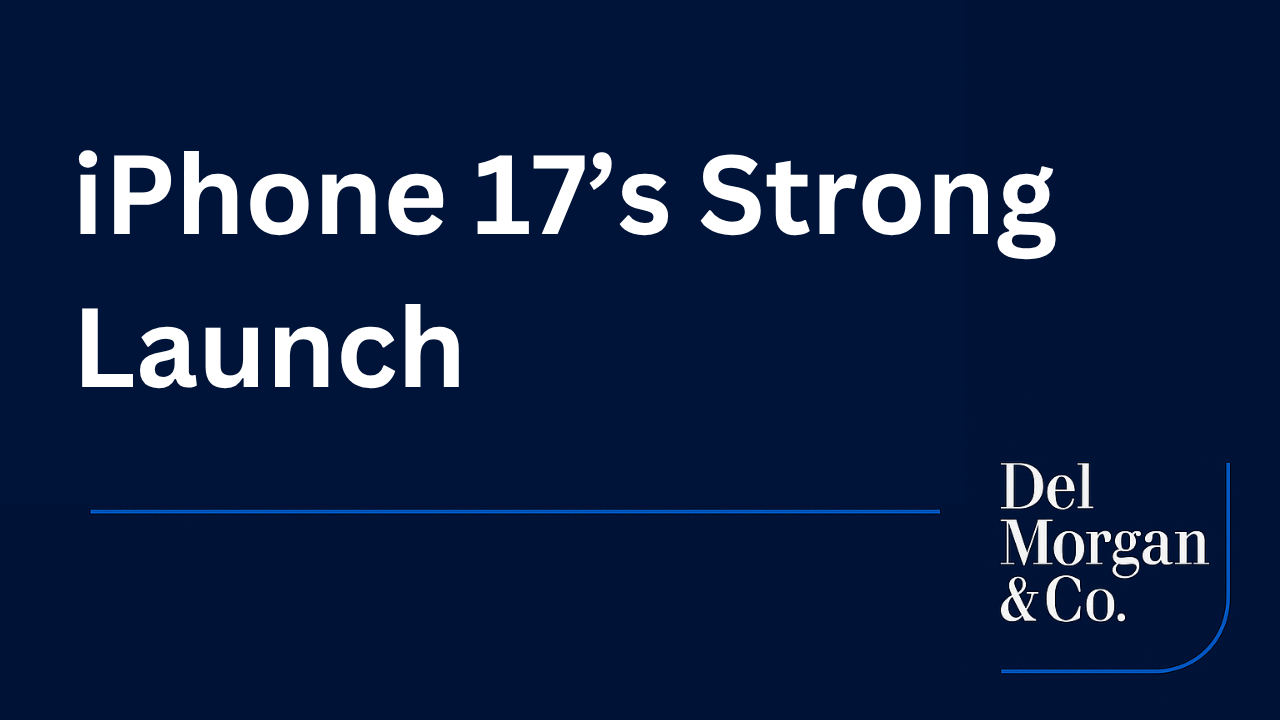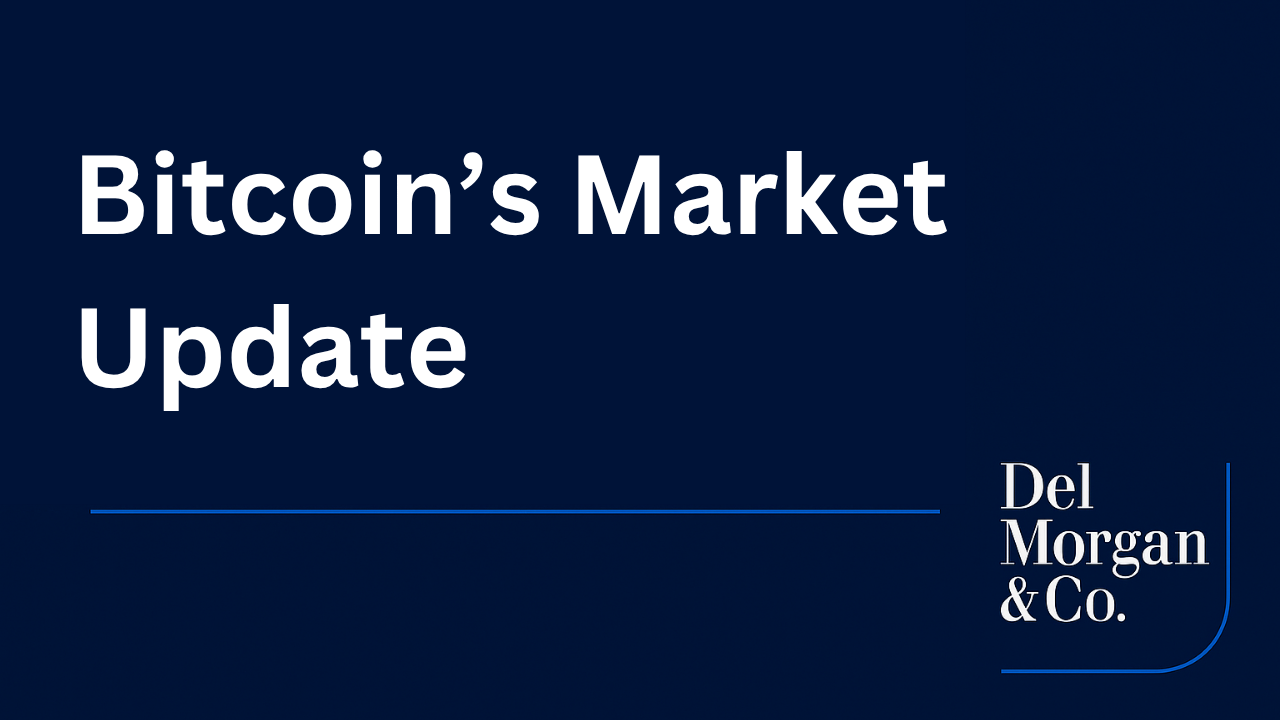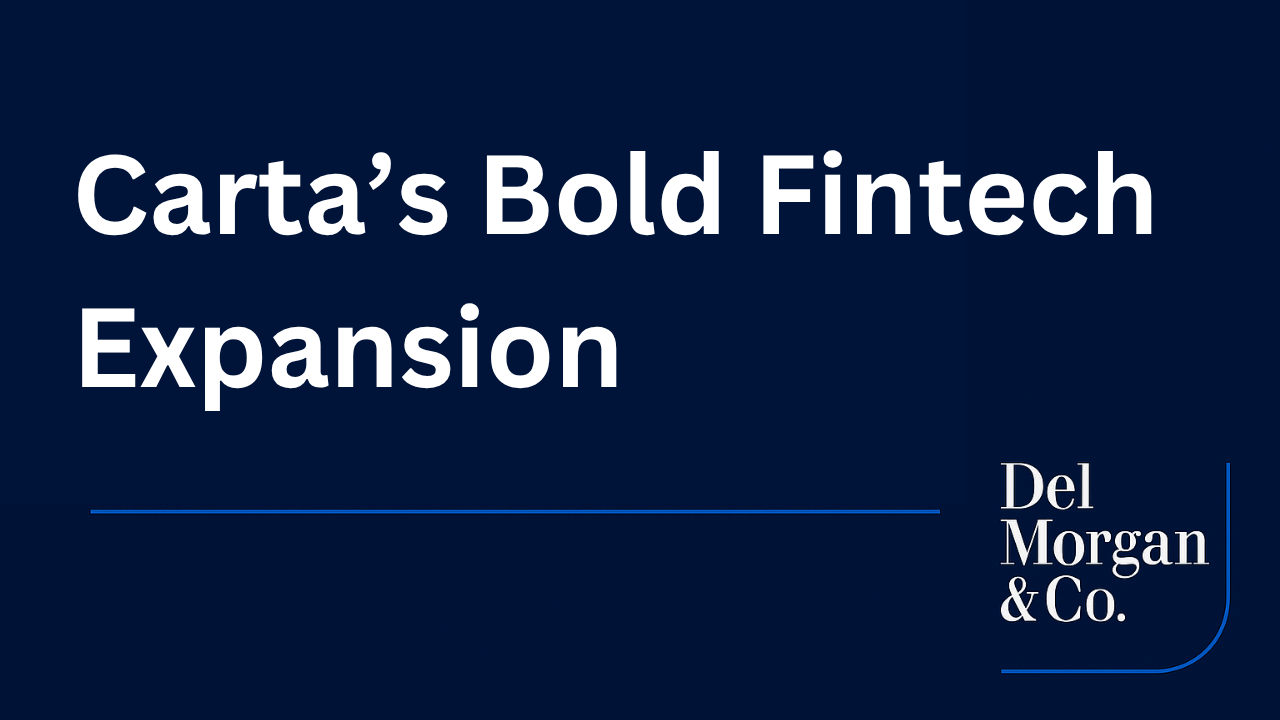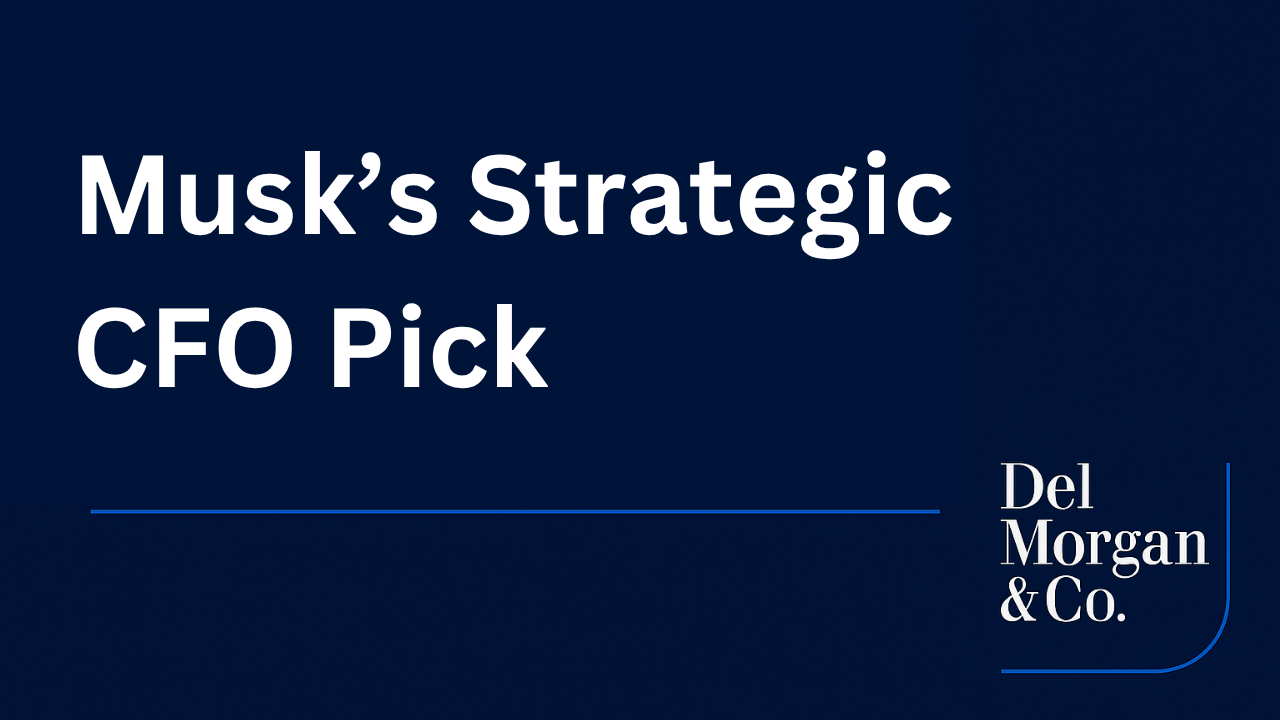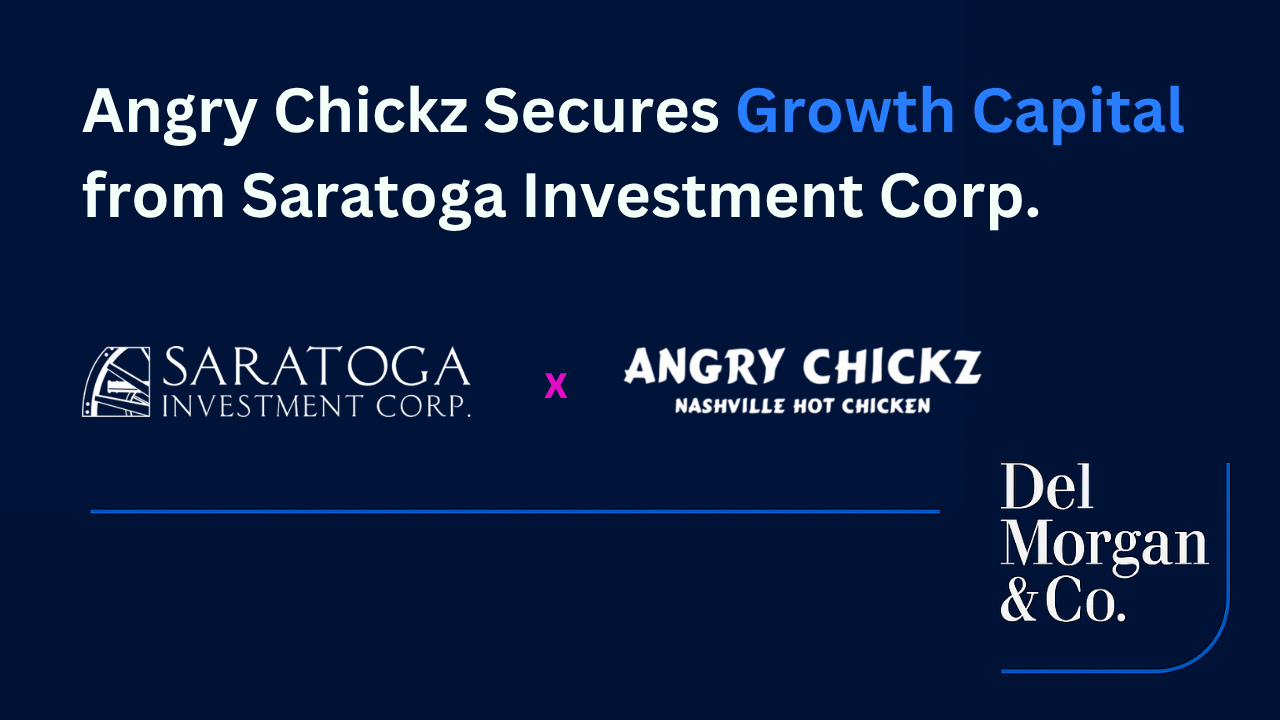Tesla has long been associated with premium electric vehicles, but rising competition, changes in federal incentives and slowing growth in the EV market have driven the company to rethink its pricing strategy. In 2025, Tesla unveiled a budget-friendly variant of its best-selling SUV, the Model Y Standard, aiming to deliver a more accessible price point without entirely reinventing the platform. This move has significant implications for consumer adoption, Tesla’s market positioning and the competitive EV landscape. In this article, we examine what the new affordable Tesla Model Y offers, how it compares with existing trims, how Tesla manages cost savings, and what challenges and opportunities lie ahead.

Pricing, Range and Technical Specifications
Tesla’s newly released Model Y Standard carries a base price of $39,990, positioning it as the most affordable option in the Tesla lineup. To make that price viable, certain features have been pared back compared to premium trims. The vehicle retains a single rear motor (rear-wheel drive) and delivers an estimated 321 miles of range on 18-inch wheels. Acceleration is modest, with a 0-60 mph time near 6.8 seconds in some reported specs. The Standard variant also supports supercharging, albeit with reduced peak rates (e.g. ~225 kW).
Compared to the prior Long Range or Performance variants, the tradeoffs are clear: more limited power, lower charging throughput and fewer amenities. However, for many buyers, the price savings and retained core functionality will make the Standard version more appealing.
Cost-Reduction Measures and Feature Trade-Offs
To hit the lower price, Tesla has made deliberate sacrifices in nonessential or premium features. Among the most notable changes is the omission or simplification of driver assistance and convenience systems. The new variant does not include Autosteer (Tesla’s lane-following driver assist) and instead offers a more basic traffic-aware cruise control system. The audio system is downgraded: fewer speakers, no AM/FM radio and removal of rear seat entertainment. Material quality has also been scaled back: cloth seating rather than vegan leather, less interior trim sophistication and the removal of the panoramic glass roof in favor of a standard metal roof. Exterior simplifications include removing the continuous light bar, using basic headlights with auto high beams instead of adaptive LED systems and employing smaller wheels with fewer styling options. These design changes streamline manufacturing and reduce component cost.
Tesla’s CEO Elon Musk has indicated that the “new affordable” Tesla is essentially just a pared-down Model Y rather than a wholly distinct platform, allowing reuse of existing production lines and parts. Internal firmware leaks — referencing an internal codename “E41” — suggest further simplifications such as removal of rear touchscreen, lower spec battery management and other feature deletions. In effect, Tesla is applying a “less is more” philosophy to reduce costs while retaining the vehicle’s core value proposition.
Market Context: Incentives, Competition and Demand
The timing of this affordable Model Y launch is deeply influenced by changes in U.S. federal incentives. The $7,500 EV tax credit, which had previously applied to Tesla vehicles, expired in September 2025. With that tax benefit gone, Tesla and other automakers must attract buyers without relying on government subsidies. The new Standard variant helps Tesla offer a lower entry price in this post-incentive environment.
Competition in the EV market is intensifying. Mainstream automakers and Chinese manufacturers are launching compelling electric crossovers at aggressive price points, putting pressure on Tesla to defend its margins and market share. Some analysts view the more affordable Model Y as Tesla’s counterattack in this evolving landscape.
Early signs suggest demand for the refreshed premium versions of Model Y may be softer than expected, as discounts and incentives appear in several markets. Tesla is banking on the Standard trim to stimulate volume growth, attract new customers and prevent “sticker shock” in light of lost subsidies.
Consumer Impact and Use Cases
For buyers seeking an electric SUV with a strong balance of range, reliability and brand prestige, the new affordable Tesla Model Y represents a compelling option. With over 300 miles of range and access to Tesla’s Supercharger network, it remains a practical daily driving car for many households. The fewer features may deter luxury buyers, but for cost-conscious consumers the tradeoffs will likely be acceptable.
Fleet buyers and commercial users may find this variant especially attractive. Lower acquisition cost, reduced complexity and retention of core functionality make it suitable for ride-hailing fleets or corporate deployment. Tesla may intentionally design the Standard trim with such buyers in mind, given its simpler parts and lower maintenance burden.
One risk is that buyers who accept the Standard trim might feel constrained over time, particularly if they later regret the absence of premium features such as adaptive lighting or Autosteer. The value of aftermarket upgrades or retrofits may be limited, and residual values could reflect the compromises built into the entry model.
Challenges, Limitations and Risks
Introducing a lower-cost Model Y is not without challenges. The compromised performance and missing features may cause cannibalization of higher-margin trims, reducing overall profitability. Tesla must strike a balance so that the Standard variant stimulates volume but does not erode demand for premium models.
Manufacturing tolerances, quality control and supply chain stability remain critical. When cost reduction is the priority, there is risk of defects, durability concerns or negative customer perception. Tesla must ensure that the base model maintains reliability and quality standards in line with brand expectations.
Another obstacle is regulatory compliance and safety. Tesla must ensure that even the pared-down version meets all safety, emissions and battery regulations in all markets. Feature deletions must not compromise legal requirements, which ultimately may limit how much Tesla can cut.
Finally, economic pressures such as rising raw material costs, inflation and global supply chain volatility may erode the intended cost savings over time. Without the support of incentives, Tesla’s margin buffer is thinner, and industry headwinds are more acute.
Outlook and Strategic Implications
Tesla’s affordable Model Y could reshape its sales trajectory in the coming years. By lowering the barrier to entry, it may attract new buyers who were previously deterred by premium pricing. If adoption is strong, the Standard model could become a key volume driver in Tesla’s U.S. and global portfolios.
The approach also signals a strategic shift: rather than betting on a radically new low-cost platform (such as the rumored “Model 2”), Tesla is leveraging its existing Model Y architecture and simplifying it for cost efficiency. Over time, Tesla may expand this “affordable variant” philosophy to other models or future vehicle families.
In global markets where incentives and competitive pricing matter even more, this lower-cost Model Y may help Tesla fend off aggressive rivals from China and Europe. The Standard trim gives Tesla more flexibility to tailor offerings by region, potentially reinvigorating growth internationally.
However, success will hinge on execution. Tesla must maintain quality, service and brand reputation, even as it cuts features. If the Standard model is perceived as low quality or stripped to the point of frustration, the reputational damage could outweigh any volume gains.
Conclusion
The new affordable Tesla Model Y — launched as the Model Y Standard variant at approximately $39,990 — represents a strategic pivot for Tesla in response to a shifting EV market without generous incentives. Tesla has achieved this lower price by stripping optional and premium features, simplifying the design and reusing existing architecture. While the trade-offs include reduced performance, fewer amenities and downgraded components, the vehicle retains its core functionality with respect to range, drive and charging.
In a landscape in which EV tax incentives have expired and competition is intensifying, this more accessible Model Y gives Tesla a tool to remain competitive and stimulate demand. Challenges remain, including ensuring build quality, preserving brand prestige and avoiding cannibalization of higher-end models. If executed well, the affordable Tesla Model Y could become a meaningful volume engine, broaden Tesla’s customer base and underscore Tesla’s adaptability in a maturing EV industry.
About DelMorgan & Co. (delmorganco.com)
With over $300 billion of successful transactions in over 80 countries, DelMorgan‘s Investment Banking professionals have worked on some of the most challenging, most rewarding and highest profile transactions in the U.S. and around the globe. In the upcoming year, we expect more high-quality deal execution for more clients and welcome the opportunity to speak with companies interested in potentially selling their businesses or raising capital.
